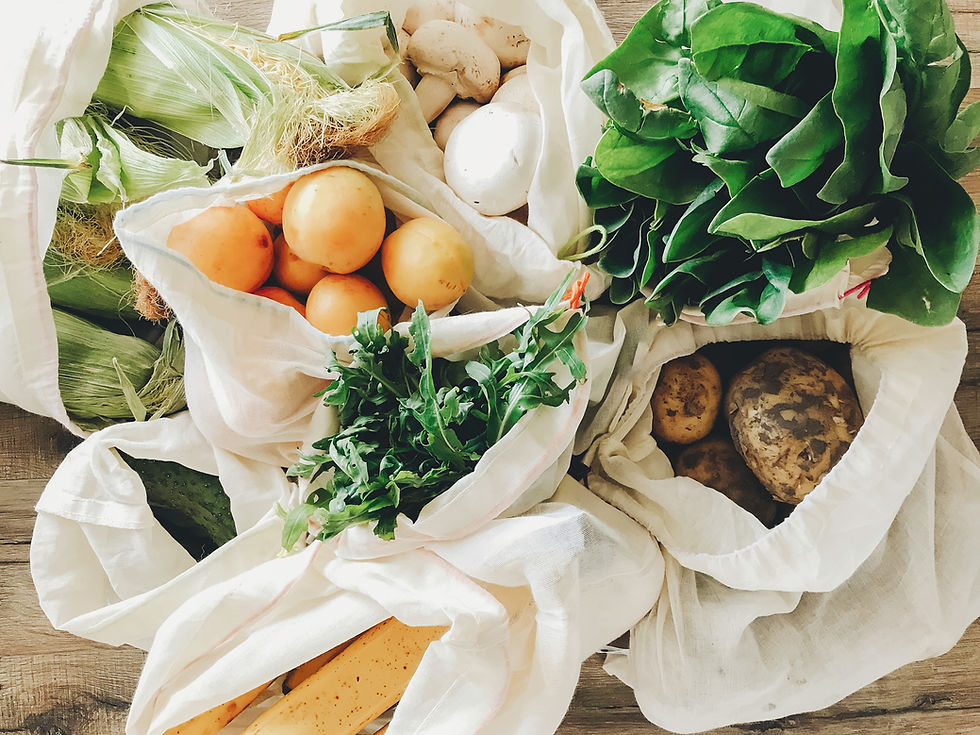CREATING A SUSTAINABLE KITCHEN - RID YOUR KITCHEN OF TOXIC FOODS
- belfleur28
- May 21, 2020
- 2 min read
Updated: May 25, 2020

Take a day to clean your cabinets of items that do not improve your health. Eliminate:
Sugars in any form
High fructose corn syrup
Sugar-laden food (candy, cookies, cereals, pastries, pies, etc)
Flour products, all types of flour (bagels, breads, rolls, wraps, pastas)
Liquid sugar (high sugar fruit juices, soda, etc)
Artificial sweeteners (NutraSweet, Sweet n Low, Splenda, etc.)
Stevia (this is plant-based, but tricks your body into craving more and eating more)
Sugar alcohols (polyols like mannitol, sorbitol, lactitol, xylitol) – they cause bloating and gas.
Toxic Fats
Trans or hydrogenated fats (found in crackers, chips, cakes, candies, cookies, doughnuts, and processed cheese)
Processed oils (Corn, safflower, sunflower, peanut and canola)
Fat substitutes (Olean and Salatrim/Benefat)
Fried foods
Food Additives and Chemicals
Artificial coloring
Any food additives (potassium bromate, propyl gallate, sodium nitrite, sodium nitrate, MSG)
Basically, any food in a box, can or package (if it has a label don’t eat it)

Toxic Rich Foods
Red Meats (unless organic or grass-fed) and organ meats (liver, thymus, or sweetbreads and kidneys)
Large predatory fish and river fish (including swordfish, tuna, tilefish, and shark, which contain mercury and other contaminants in unacceptable amounts)
Fruits and Vegetables with the highest toxin load. Choose only organic versions of the Environmental Working Group's Dirty Dozen, as their conventionally farmed counterparts have the highest toxic burden.
Addictives
· Caffeine
· Alcohol
These are the primary foods to avoid during the program. There are also foods that are the most likely culprits giving us brain allergies. In order to find out which ones are affecting us we will do an elimination/reintroduction diet. When we add them back later and we get sick, we know we have a problem with them.
The most common allergens:
Gluten (from wheat, barley, rye, spelt, kamut, triticale, and oats)
Dairy (milk, cheese, yogurt, sour cream, ice cream)
After the six weeks, we will reintroduce them individually back into our diet and monitor for reactions for three days. Gluten and dairy may not cause symptoms for up to three days after eating them, so that is why the three days is necessary.
You may find once you've completed this step, that you have nothing left in your cabinets!
Next up Food Quality



Comments